When Was The First Digital Slr Camera Invented ?
The first digital SLR camera was invented in 1987 by Kodak, called the Kodak Professional Digital Camera System (DCS). It was a modified Nikon F3 camera with a 1.3-megapixel sensor and a digital back that could be attached to the camera body. The camera was primarily used by photojournalists and was very expensive, costing around $20,000.
1、 Early development of digital cameras
When was the first digital SLR camera invented? The first digital SLR camera was invented in 1987 by Kodak, called the Kodak Professional Digital Camera System (DCS). It was a modified Nikon F3 camera with a 1.3-megapixel sensor and a bulky digital back that stored images on a hard drive. However, it was not until the late 1990s that digital SLR cameras became more widely available and affordable.
Early development of digital cameras can be traced back to the 1970s, with the invention of the first digital camera by Kodak engineer Steven Sasson in 1975. This camera used a CCD sensor to capture images and stored them on a cassette tape. However, it was not until the 1990s that digital cameras began to gain popularity, with the introduction of consumer-level digital cameras such as the Apple QuickTake and the Kodak DC40.
The development of digital SLR cameras was a significant milestone in the evolution of digital photography. Digital SLR cameras offer the same level of control and flexibility as traditional film SLR cameras, but with the added benefits of digital technology, such as instant image review and the ability to shoot in low light conditions.
Today, digital SLR cameras continue to evolve, with advancements in sensor technology, autofocus systems, and image processing. The latest digital SLR cameras offer high-resolution sensors, fast autofocus systems, and advanced features such as 4K video recording and built-in Wi-Fi connectivity.
In conclusion, the first digital SLR camera was invented in 1987 by Kodak, but it was not until the late 1990s that digital SLR cameras became more widely available and affordable. The development of digital SLR cameras was a significant milestone in the evolution of digital photography, and today's digital SLR cameras continue to evolve with advancements in technology.
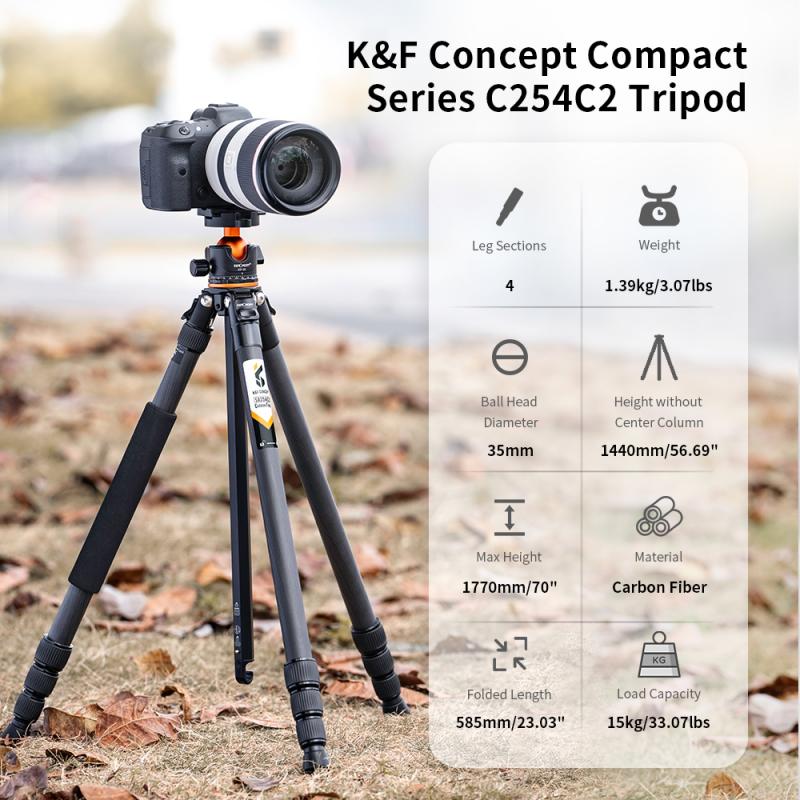
2、 Introduction of the first DSLR camera
Introduction of the first DSLR camera revolutionized the world of photography. DSLR stands for Digital Single Lens Reflex, which means that the camera uses a mirror to reflect light from the lens to the viewfinder. This allows the photographer to see exactly what the lens sees, making it easier to compose the shot. The first DSLR camera was introduced in 1987 by Kodak, called the Kodak DCS (Digital Camera System).
The Kodak DCS was not a commercial success due to its high cost and limited capabilities. However, it paved the way for other companies to develop their own DSLR cameras. In 1991, Nikon introduced the first commercially successful DSLR camera, the Nikon D1. It had a 2.7-megapixel sensor and was aimed at professional photographers.
Since then, DSLR cameras have become increasingly popular among amateur and professional photographers alike. They offer a range of features and capabilities that make them ideal for a wide range of photography styles, from landscape and portrait photography to sports and wildlife photography.
In recent years, mirrorless cameras have emerged as a viable alternative to DSLR cameras. They offer many of the same features and capabilities as DSLRs, but without the mirror mechanism, making them smaller and lighter. However, DSLR cameras still have a loyal following and continue to be used by many photographers around the world.
In conclusion, the introduction of the first DSLR camera in 1987 by Kodak paved the way for the development of DSLR cameras by other companies. Since then, DSLR cameras have become increasingly popular among amateur and professional photographers alike, offering a range of features and capabilities that make them ideal for a wide range of photography styles. While mirrorless cameras have emerged as a viable alternative, DSLR cameras still have a loyal following and continue to be used by many photographers around the world.

3、 Advancements in DSLR technology
When was the first digital SLR camera invented? The first digital SLR camera was invented in 1987 by Kodak, but it was not until the late 1990s that digital SLR cameras became widely available to consumers. Since then, advancements in DSLR technology have been significant, with improvements in image quality, autofocus systems, and video capabilities.
One of the most significant advancements in DSLR technology has been the development of full-frame sensors, which offer improved image quality and low-light performance. In recent years, manufacturers have also introduced mirrorless cameras, which offer many of the same benefits as DSLRs but in a smaller, more compact form factor.
Another area of advancement in DSLR technology has been autofocus systems. Today's DSLRs feature sophisticated autofocus systems that can track moving subjects and adjust focus quickly and accurately. This is particularly important for sports and wildlife photography, where capturing a sharp image of a fast-moving subject is essential.
Finally, DSLRs have also made significant strides in video capabilities. Many DSLRs now offer high-quality video recording, with features like 4K resolution, slow-motion, and advanced autofocus systems. This has made DSLRs a popular choice for videographers and filmmakers.
In conclusion, the first digital SLR camera was invented in 1987, but since then, advancements in DSLR technology have been significant. Today's DSLRs offer improved image quality, sophisticated autofocus systems, and advanced video capabilities, making them a popular choice for photographers and videographers alike.

4、 DSLR vs mirrorless cameras
When was the first digital SLR camera invented?
The first digital SLR camera was invented in 1987 by Kodak, called the DCS 100. However, it was not until the late 1990s that digital SLR cameras became more widely available and affordable for consumers. Canon and Nikon were among the first companies to introduce digital SLR cameras to the market, with the Canon EOS D30 and Nikon D1 in 2000.
DSLR vs mirrorless cameras
DSLR and mirrorless cameras are two popular types of digital cameras available in the market today. DSLR cameras use a mirror and prism system to reflect light from the lens to the viewfinder, while mirrorless cameras do not have a mirror and use an electronic viewfinder instead.
DSLR cameras have traditionally been preferred by professional photographers due to their faster autofocus, longer battery life, and wider range of lenses available. However, mirrorless cameras have been gaining popularity in recent years due to their smaller size, lighter weight, and faster shooting speeds.
The latest point of view
The latest point of view is that both DSLR and mirrorless cameras have their own advantages and disadvantages, and the choice between the two ultimately depends on the photographer's needs and preferences. Some photographers may prefer the traditional feel and handling of a DSLR, while others may prefer the compactness and versatility of a mirrorless camera. With advancements in technology, both types of cameras are becoming more advanced and capable, making it an exciting time for photography enthusiasts.
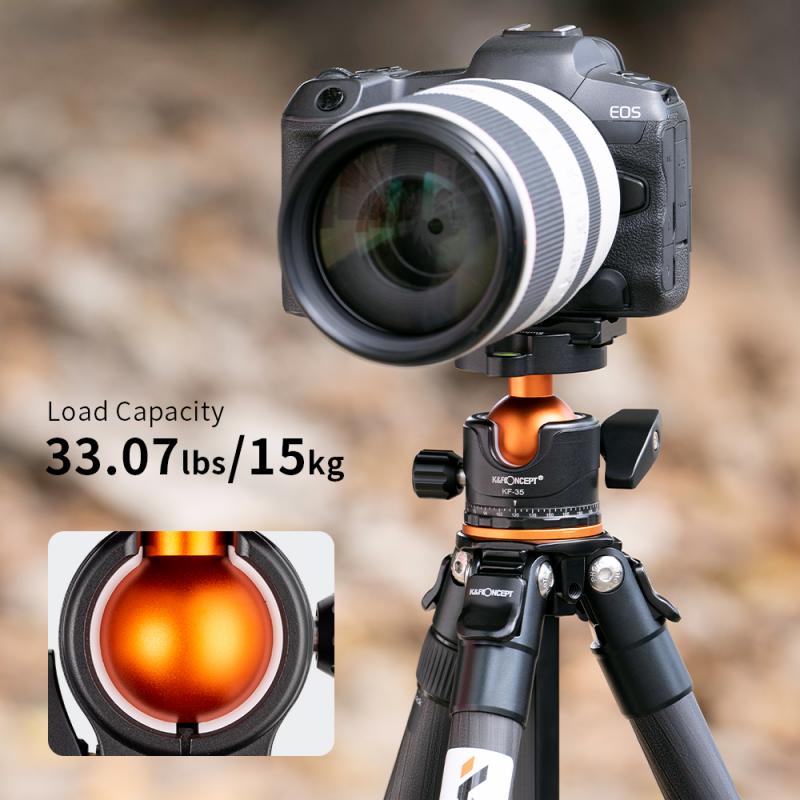











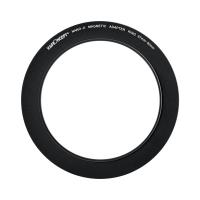

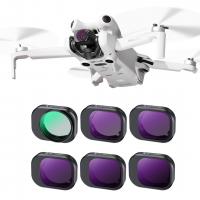

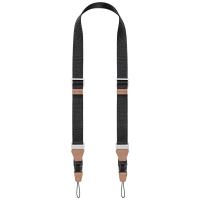



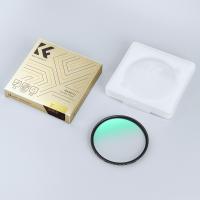


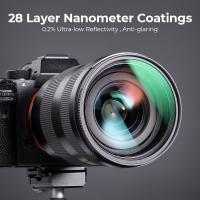

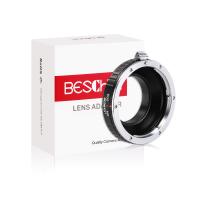
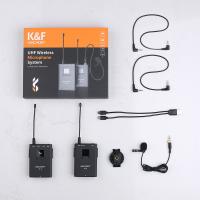
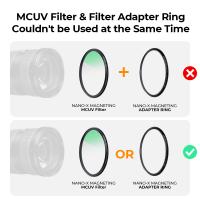
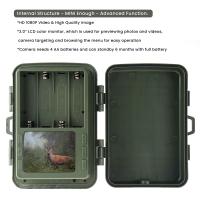
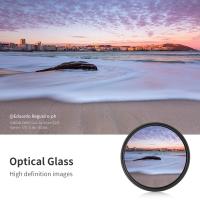
There are no comments for this blog.